5 Lessons I Learned From China
Why China’s Winning the Future: 5 Eye-Opening Lessons from My Life in China This Past Summer
I just came back from an epic 2 month journey through China and it’s overwhelmingly apparent the world is very different than what our media tells us every day.
The biggest take away I had after my trip was that the US has may have Democracy, but China has basically everything else. Did you know that earlier this year a Think Tank from Denmark produced a report about democracy. Over 100 countries were surveyed in this poll and remarkably 79% of countries now have a more favorable view of China than the United States. How is that possible? Well, if you go to China and experience it firsthand, you'll quickly understand why. But if you can’t make the trip, don’t worry. I’m going to share with you 5 key lessons I learned during my recent two-month journey through China.
Lesson #1 - Air Quality
The first lesson I learned was the how much the air quality in China has improved in just a few short years. This is one of the most remarkable transformations I’ve ever seen a country pull off. When I first visited China in 2007, during the early days of its economic boom, air pollution was simply a part of life. I remember driving through Shanghai and not even being able to see the color of the traffic lights because the pollution was so thick. But just take a look at this picture to see how far China has come in the past 20 years. Whether in Beijing, Shanghai, or Guangzhou where I was living this summer, the difference is nothing short of remarkable. To see blue skies in these mega cities, each with populations in the tens of millions, has truly been a breath of fresh air.
Now, you might be wondering, how did China manage to pull something like this off? Well, it’s part of a much bigger story, and it all starts with one of China’s greatest assets in the government’s five year plans. Every five years, the Chinese government sets a series of goals and objectives that the country aims to accomplish in the next five years. From 2021 to 2025, here are the eight major goals they’ve laid out. But I want you to pay special attention to Point #5: Increase the life expectancy of Chinese citizens by 1 year.
Can you imagine that? The Chinese government set a clear goal for the next five years: to literally create the conditions that would help its people live longer. Now, look at Point #6 on this image: Promote green development. China is now the global leader in renewable energy, and this has played a huge role in clearing the skies and reducing pollution.
Did you know that the average life expectancy in China is now longer than in the United States? Not only is that the case, but the trends are moving in opposite directions, while life expectancy in China is rising, the U.S. is one of the few countries where it's actually declining. Chinese citizens are living longer than their American counterparts, and a big part of this is the cleaner air, the green transition, and a government that prioritizes the well being of its people in its policies. This brings me to the second lesson I learned.
Lesson #2 - Electric Vehicle Revolution
It’s hard to visit China in 2025 and not be blown away by how the EV revolution has completely transformed the country. Remember Lesson #1, the improvement in air quality? A big part of that is the rise of electric vehicles. What's incredible about China’s EV revolution is how, 25 years ago, they saw a gap in the market and took a bold chance. Back then, Germany, Japan, and the U.S. dominated the auto industry, all focused on traditional gas-powered cars. EVs were just concept cars in 2000, but China had the vision to make them a reality. The Chinese government fully supported the industry through investment and offering tax incentives. Interestingly, they even extended those incentives to foreign companies. I mean, why else would Elon Musk build his gigafactory in Shanghai?
This point really hit home for me, especially considering how different the situation is in the United States. If you’re living in the U.S., you likely have no idea that a major transformation is happening on the streets of just about every other country. In America, the streets still look largely the same as they did a decade ago, packed with gas guzzling trucks and SUVs. But in China, it’s a completely different story. There, you can distinguish between gasoline and electric vehicles by the color of their license plates. Green for electric, blue for gas. Once you realize this, the difference becomes staggering. In some cities, you can go for long stretches without seeing a single blue license plate on the road! Every time I return to China, the ratio of green to blue plates has increased, and this summer was no exception.
We are witnessing a historic, rapid shift towards renewable energy, while the U.S. is doubling down on outdated, toxic technologies. It’s incredibly disappointing to see not just a passive disregard for progress, but an active commitment to keeping the U.S. stuck in the past.
Lesson #3 - China is No Longer a Copycat Nation
Not long ago, everyone said the Chinese can’t innovate, they can only copy. And honestly speaking, this was certainly true maybe 20 years ago when China first emerged as a global manufacturing powerhouse. But China adapted and began inventing the future of technology.
In just my short two months in China I saw more innovation and promising future technologies than I can remember seeing in the United States for at least a decade. It was nothing short of incredible seeing firsthand how so many Chinese companies were pushing the needle and driving innovation. I had the opportunity to tour the Xpeng Aerohalt headquarters in Guangzhou where China is literally building flying cars. I also got to take a trip to Shanghai for the World AI Conference, the largest AI show in the world.
When you see these new technologies in person, and the incredible bright and innovative minds behind them, you realize just how ridiculous it is to assume that China is still a copycat nation in 2025. While most future technologies remain theoretical in the United States, they are already realities in China. We are always told in the U.S how AI will change our lives. We have a massive stock market bubble depending on that fact. But outside of Chat-GPT, there is very little tangible benefits we are seeing compared to the hype of AI. But in China, these technologies aren’t just theoretical, they’re already being applied in real-world scenarios like robotics, medicine, and other tech innovations at a much wider scale and in much more practical ways.
Ironically, one of the last time I was blown away by technology in the US was by seeing other Chinese companies at CES or the Consumer Electronics Show in Las Vegas. I made full separate videos about Chinese flying cars, the World AI conference, and the Consumer Electronic Show in Las Vegas if you want to explore those stories further.
Lesson #4 - The rise of Chinese brands
This is honestly one of the biggest shifts I’ve seen in the Chinese market over the past few years. When I first visited China in 2007, American soft power was king. Chinese consumers wanted to wear Nike sneakers, drink Starbucks coffee, use Apple iPhones, eat at McDonald's, and drive American cars. Back then, buying foreign brands was a status symbol. But today, that has completely shifted.
For years, I was a long term Starbucks shareholder because at one point Starbucks was opening a new store in China every 15 hours! This was back in 2017, and at the time, China was the reason Starbucks stock continued to grow. But fast forward to today, and Starbucks is struggling to compete with local Chinese coffee brands.
This ties back to the previous lesson I shared, China is no longer a copycat nation. China is leading and innovating, even in industries like coffee. It’s now the fastest-growing coffee market in the world, and in cities like Shanghai, there are more coffee shops than in New York City and London combined. Chinese coffee brands offer more flavors, fun collaborations, and they know how to connect with local audiences. The allure of buying an American cup of Starbucks has lost its charm.
This shift extends beyond coffee. One of my favorite discoveries this summer was a clothing brand called Ben Lai. It’s like the Chinese version of Uniqlo, offering high-quality activewear that’s on par with Nike or Under Armor, but at prices often more than 60% cheaper. Chinese basketball sneakers have also transformed the NBA. Since the mid-2000s, over 50 NBA players have signed contracts to wear Chinese brands on the court.
Even European luxury brands are feeling the pressure. Chinese consuming habits have matured and are no longer as enamored with foreign luxury goods as they were in the early 2010s. Today, many fashion conscious Chinese are choosing boutique local brands over global ones. The decline of Western brand prestige and the rise of domestic icons is something I notice more and more every time I return.
Lesson #5 Soft Power Explosion
The truth is, the U.S. and China are heading down very different paths. As I mentioned earlier, 79% of countries around the world now have a more favorable view of China than the United States. China has built the Belt and Road Initiative (BRI), and signed partnership deals with 53 of 54 African nations. These agreements will transform the continent’s future. Meanwhile, the U.S. government, under Trump, has started a tariff war with nearly every country on the planet. Trump has alienated some of America’s closest allies and done many things that go against the very foundation of the United States, its Constitution, and the way the country is meant to function.
But this isn’t just a reflection of the problems in the U.S. More people around the world are waking up to the reality of a new China.
Chinese soft power is becoming just as influential as American soft power. If you have kids, just ask them about the Labubu doll, a Chinese toy that became so popular worldwide it made its owner $20 billion richer this year alone! Earlier this year, China launched Deepseek, a technological innovation that caught Silicon Valley completely off guard and left many China critics frustrated. They thought, "Wait a minute, my media tells me every day that China is collapsing. How do they keep inventing the future of technology?" China is no longer a copycat nation. it’s an innovator, actively building the future of our world. But you’ll never truly understand this until you go to China and experience it for yourself.
To give you a sense of how drastically the perception of China has shifted in just a couple of decades, here’s a remarkable insight from Michael Schumann, Chairman of one of Germany’s top trading organizations.
I couldn’t agree more with his sentiment. In most fields, it’s becoming clear that China is where the future is headed. If you're serious about staying at the forefront of technology, medicine, or science in 2025, the East is where you need to be.
Everyone, I wanted to share 5 major lessons I learned during my trip to China this summer. But more than that, I hope this has inspired you to visit China yourself. Go experience it firsthand. Don’t rely solely on the media, or even my words, as your only source of information. Do your own research, explore, stay curious, and most importantly, keep an open mind. You’ll likely find that you’re welcomed everywhere you go in the world.
If you want to dive deeper into this topic, you can check out the video I made on this subject by clicking the link below!


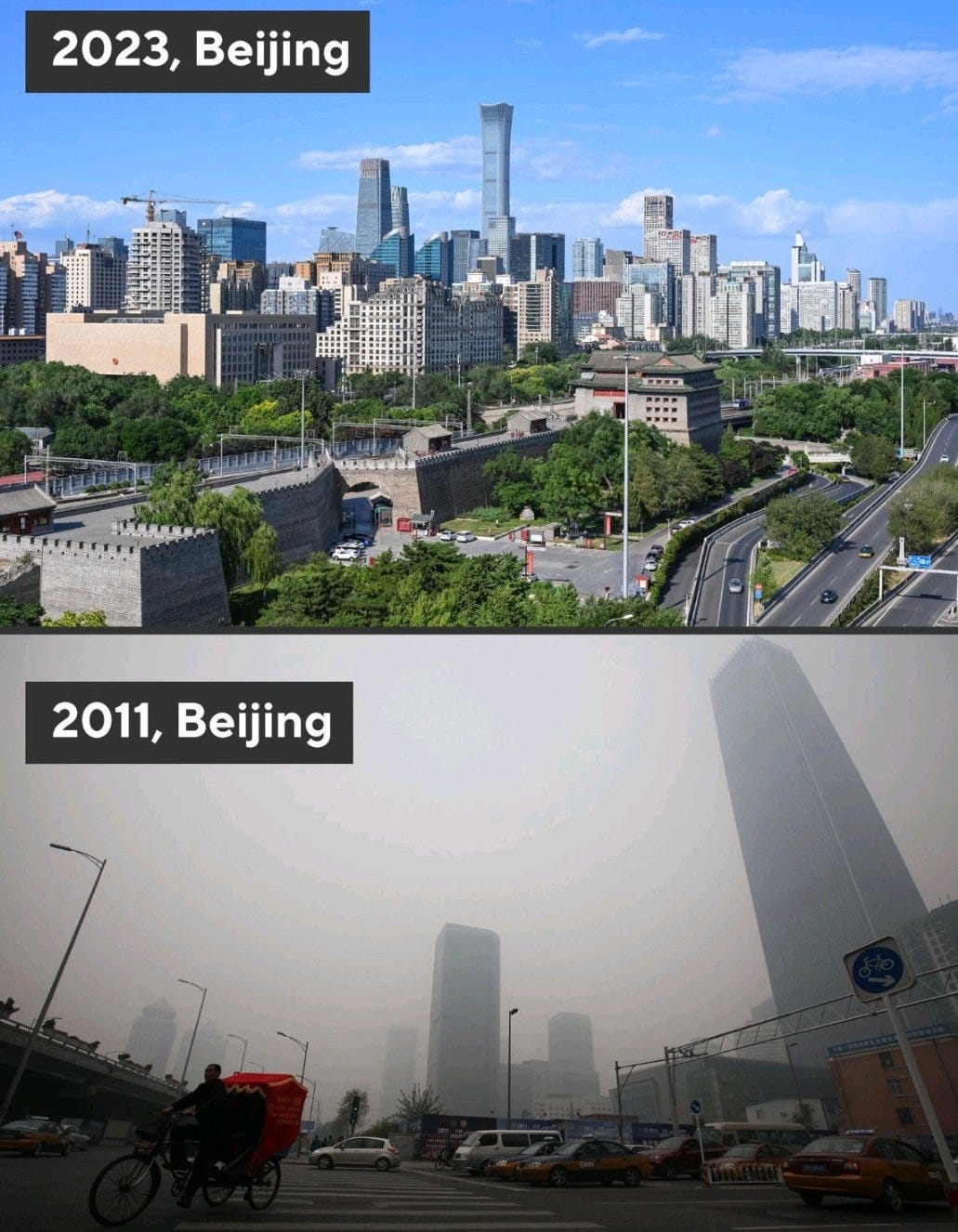
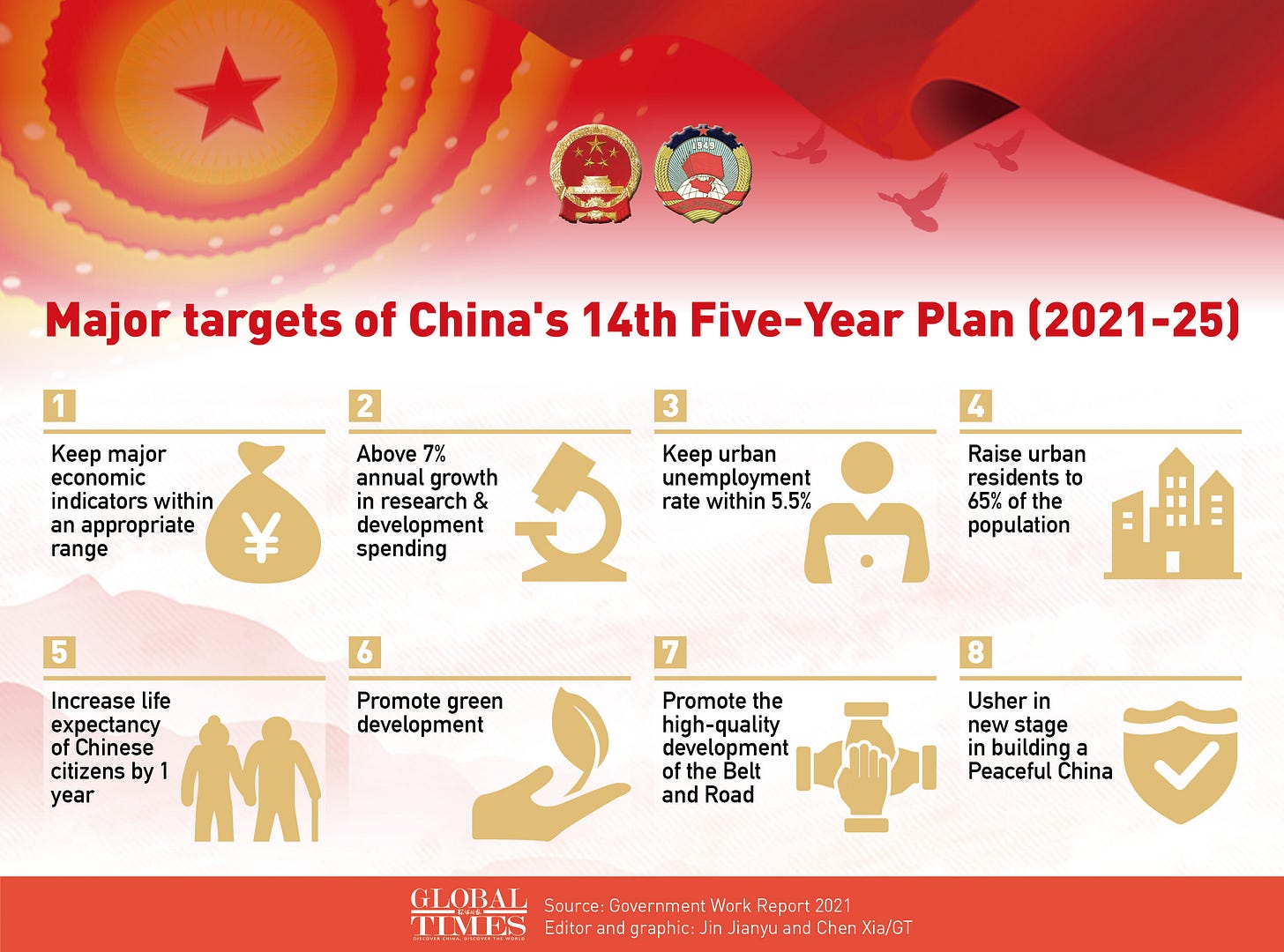
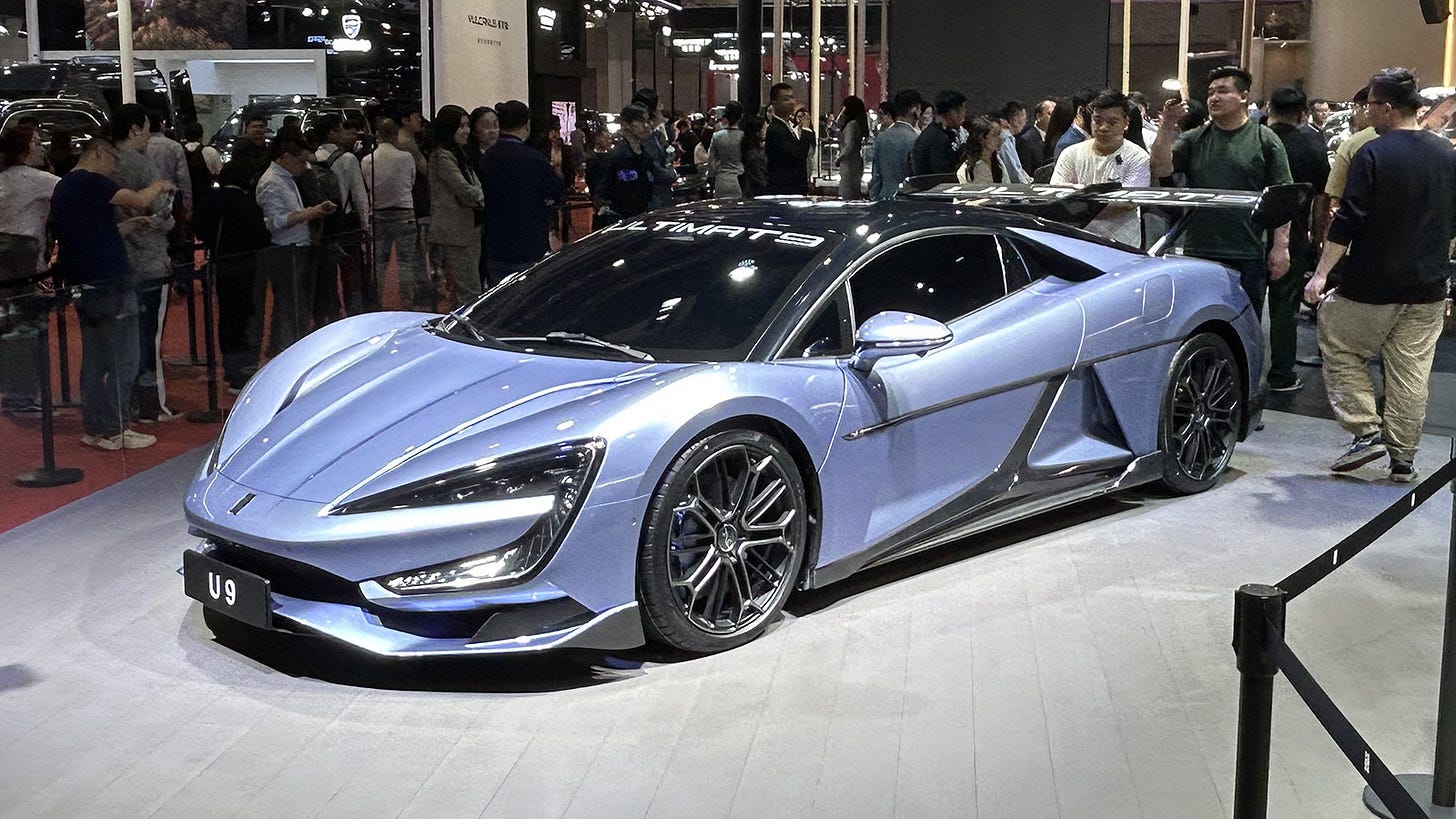
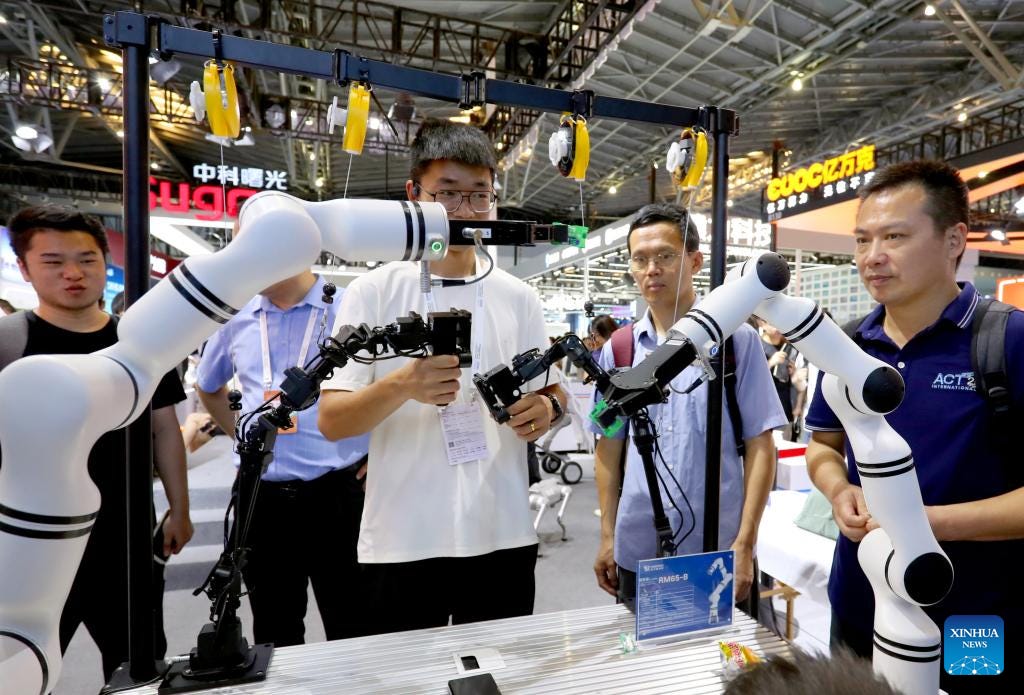
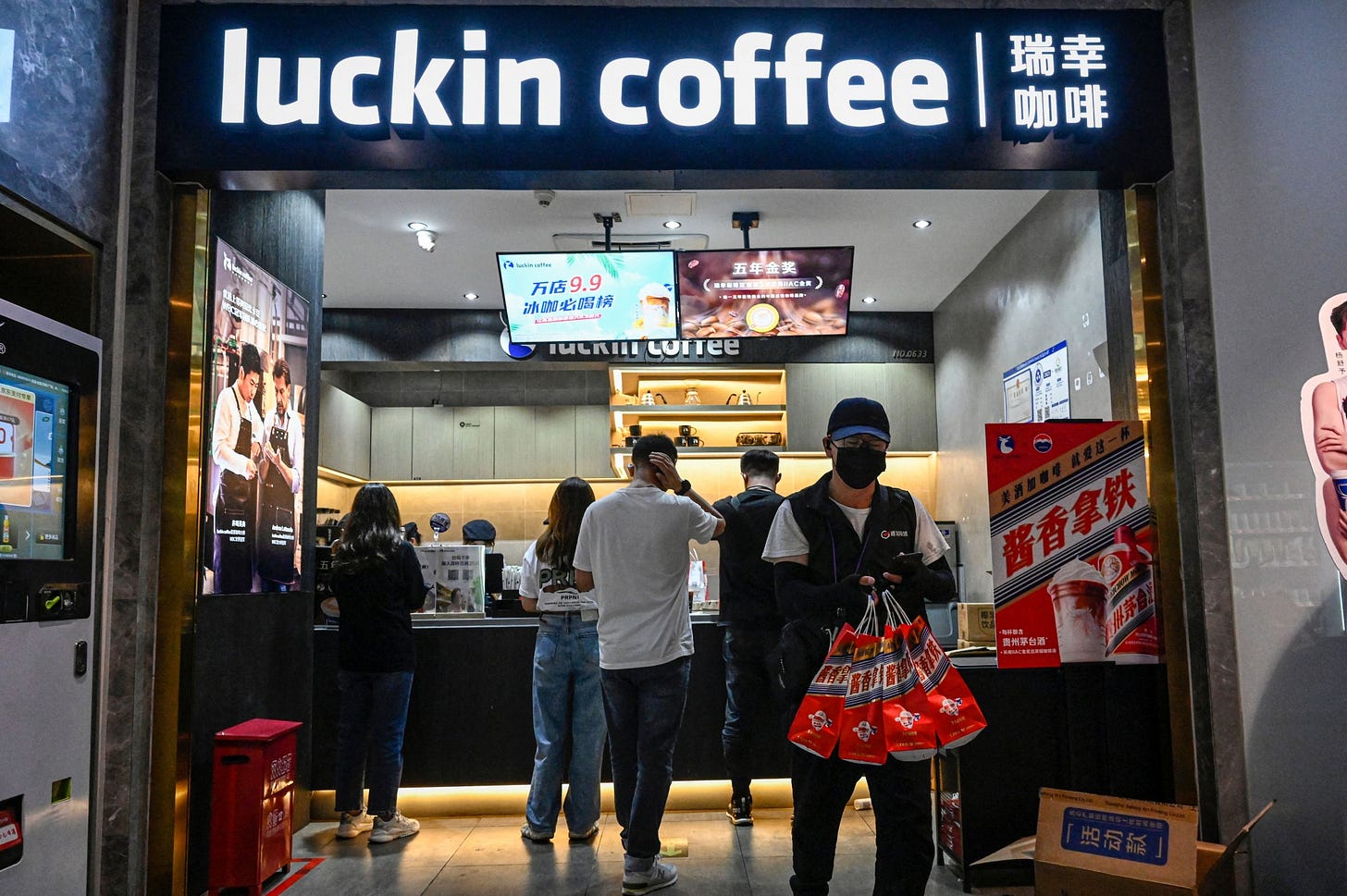
Thanks for sharing your observations. But please, you made one massive error in claiming “the US has democracy”. It clearly doesn’t. It has the best government money can buy. That is NOT a democracy. Being owned by billionaire lobbyists meets no rendition of “democracy” of which I am aware.
This is a paid Chinese shill. There are hundreds of them on YouTube. They literally all use the same script. China has many impressive accomplishments, but an equal number of very serious problems. The great majority of Chinese people still subsist on what would be extreme poverty in the US.